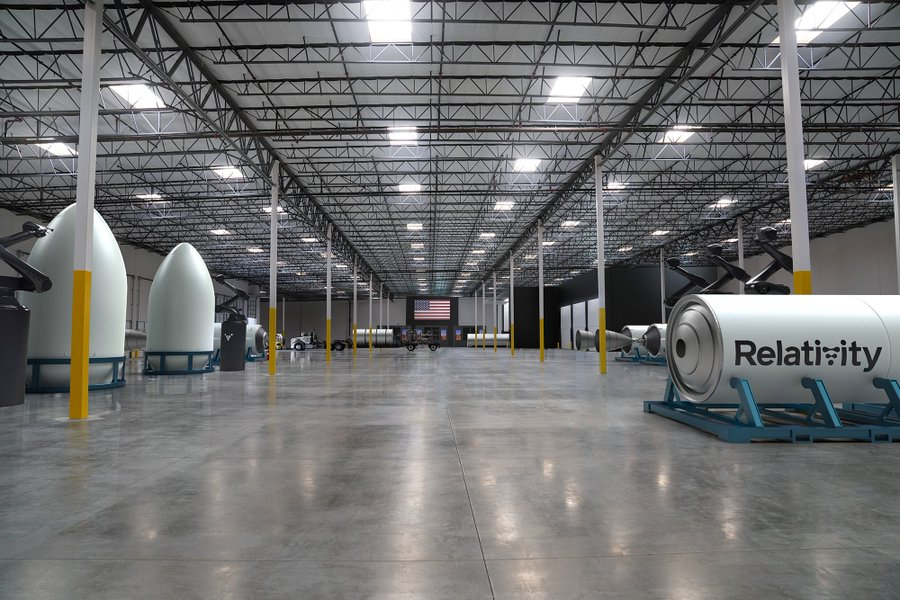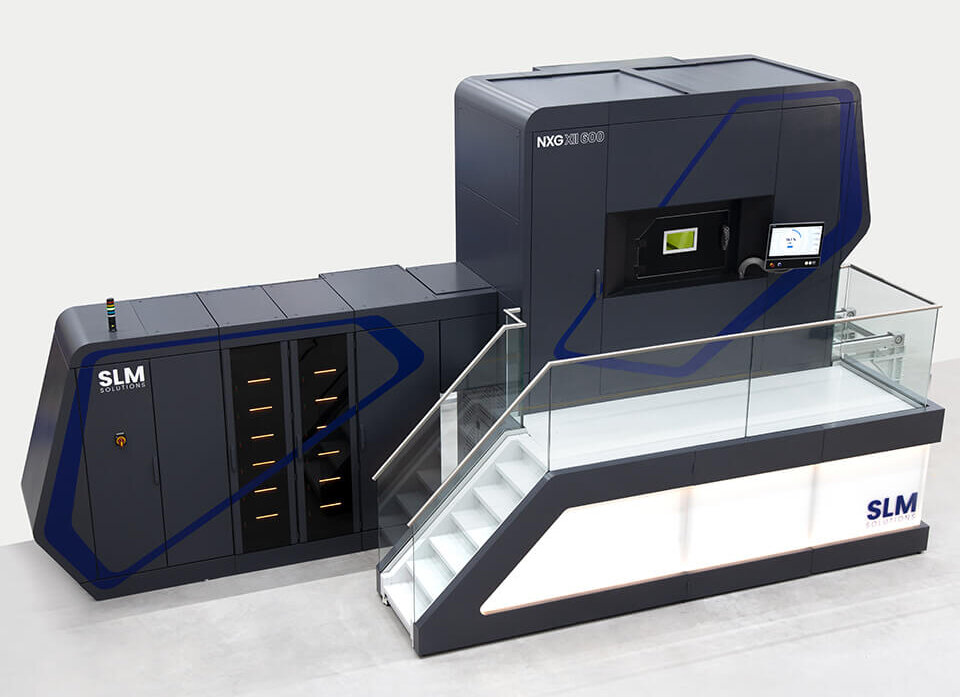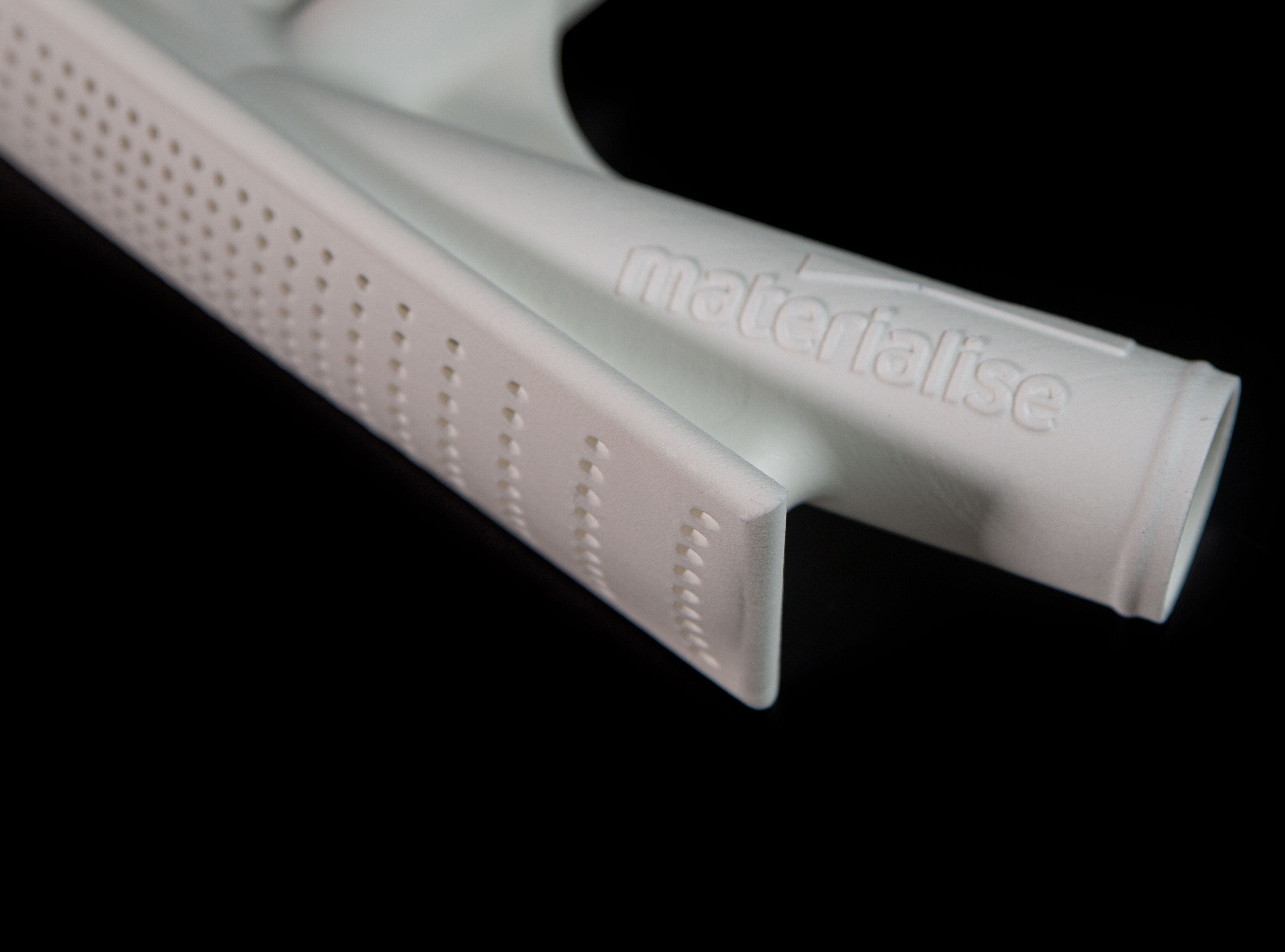Despite the ongoing impact of COVID-19, the 3D printing industry continued to thrive in November, with the rescheduled Formnext Connect taking place and several additive firms raising significant funding.
Sustainability has also become a growing theme within AM this year, and during the month, various R&D projects yielded technological advances that could make 3D printing a more eco-friendly process.

3D printing investments top $600 million
In mid-November, sources at CNBC revealed that 3D printed rocket manufacturer Relativity Space had raised $500 million in Series D funding. Having recently moved into a new Long Island HQ, the company’s cash raise reflected its progression since 2019, and made it one of the most valuable private space firms in the world.
3D printed electronics supplier Nano Dimension took a different approach to raising cash, selling five million American Depositary Shares (ADSs) to its investors. The move yielded around $100 million in funding for the company, and provided it with some much-needed working capital, following a $20.7 million loss in Q3 2020.
Elsewhere, Polish printer manufacturer Zortrax signed a reverse merger deal with optical medical firm Corelens, that saw it become publicly-listed for the first time. In a deal valuing the company at around $39.6 million, all of Zortrax’s assets were transferred to Corelens, which in turn, issued 97 percent of its shares to Zortrax.

Formnext goes ahead in digital form
Although Formnext took place in November in a revised all-digital format, that didn’t stop the industry’s biggest firms from putting on a show, and the largest launch of all was SLM Solutions’ NXG XII 600 system. The company’s latest machine, which features twelve 1 KW lasers, is reportedly 20 times faster than a single-laser printer.
“What we deliver here with 12KW of installed laser power is truly ground-breaking and a major step forward, not just for AM, but for manufacturing in general,” said Sam O’Leary, COO of SLM Solutions. “For the first time in the history of AM, you can have true serial production fully integrated into your supply chain.”
3D printer manufacturer and service provider Titan Robotics also went big at Formnext, releasing its largest pellet extrusion system to date: the Atlas 3.6. According to the firm, the machine’s 50 x 50 x 72 inch build volume enables users to print parts up to 6ft in height, making it one of the largest printers of its kind.

Formnext continued its tradition of handing out additive awards too, and mountain bike producer Huhn Cycles won the purmundus challenge for its 3D printed Moorhun design. The final product consisted of several titanium tubes, connected via fabricated lugs, that increased the strength of each customized frame.
“We were very impressed by this project,” said the jury at the time. “We thought it was a great example of an innovative use of AM for the right reasons, and an also interesting example of who AM can be combined with more traditional methods to create a product that is both high performance and ultimately very desirable.”
Ultimately, Formnext’s organizers Messe Frankfurt considered its show, which attracted 8,541 participants from over 100 countries, to have been a success. At the time, Messe Frankfurt’s Petra Haarburger noted that the event’s AI-driven platform had enabled attendees to network more effectively than at other online functions.
“In particular, the AI-supported possibilities for networking offered by Formnext Connect showed how efficient and target-oriented matchmaking between exhibitors and visitors can work on digital platforms,” said Haarburger.

Additive advances drive eco-efficiency
The AMGTA kicked off the month with the publication of its first paper on the environmental impact of metal 3D printing. During their research, the team found that on average, AM has a higher carbon footprint per kg than conventional processes, but that the geometry of the part also has an impact on results.
Belgian 3D printing enterprise Materialise, meanwhile, set about making SLS a more efficient process with the launch of its Bluesint PA12 technology. The firm’s latest resin enables users to reduce the “orange-peel” effect that occurs when re-using powder, and to fabricate using up to 100 percent recycled material.
Similarly, scientists from the Russian National University of Science and Technology (NUST) developed a nanocarbon additive for aluminum powder derived from oil waste. Using their eco-friendly material, the team were able to 3D print aluminum parts that were 1.5 times tougher than usual, giving them aerospace potential.
To stay up to date with the latest 3D printing news, don’t forget to subscribe to the 3D Printing Industry newsletter or follow us on Twitter or liking our page on Facebook.
Are you looking for a job in the additive manufacturing industry? Visit 3D Printing Jobs for a selection of roles in the industry.
Featured image shows a render of Relativity’s autonomous rocket factory at NASA Stennis Space Center in Mississippi. Image via Relativity Space.


